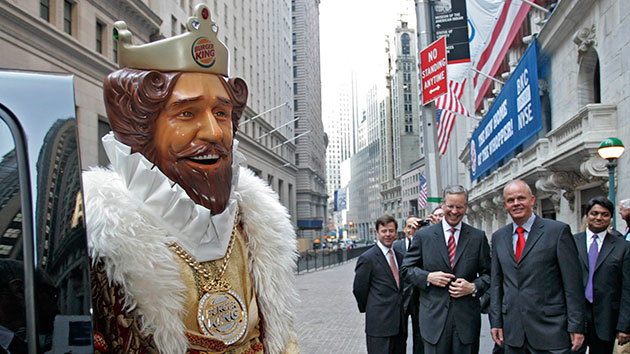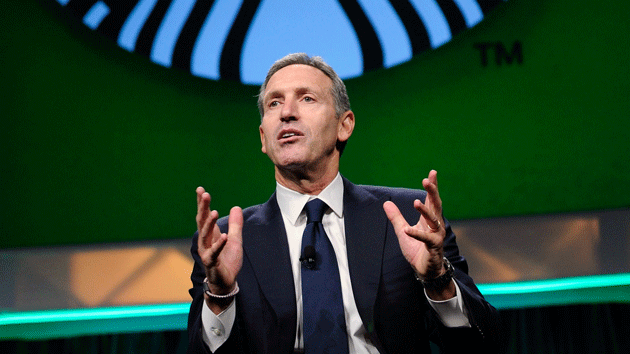On Wednesday, McDonald’s announced that starting this July, it will increase wages for the 90,000 workers who are directly employed by one of the company’s restaurants. The plan is to bring the current hourly wage up by $1; the average McDonald’s employee will make $9.90 by July and $10 by 2016. Benefits like paid vacation time will be available for employees who have worked for the company for more than a year.
The raise, however, only applies to employees of the actual restaurant. The 750,000 workers employed by franchises, which make up 90 percent of McDonald’s restaurants, are not included in this wage hike.
“The fact that a $1.00 raise for 90,000 workers is headline news is evidence of how low the bar has been set,” the Economic Policy Institute noted in a statement. “All workers should receive regular wage increases as productivity rises, and yet despite rising productivity, Americans’ wages have been stagnant for three-and-a-half decades.”
The battle over meager fast food pay has been in the spotlight since November 2012, when the Fight for $15 campaign began with 200 New York fast food workers talking part in a walk out. Since then, the group, which protests for a minimum wage of $15 and the right to organize, has grown into a national movement. This past September, more than 400 individuals were arrested in 32 cities during a Fight for $15 multi-state strike.
Much of the frustration over wage inequity stems from the gaps between worker pay and the large sums that CEOs of fast food companies are raking in. In 2013, the EPI published a report which found that those at the helm of the nation’s top 25 restaurant corporations were bringing in an average of 721 times more than the average minimum wage worker.
“It’s a picture of uncontrolled greed,” EPI vice president Ross Eisenbrey told my colleague Jaeah Lee this past summer. “How can it be that the CEOs are making more in half a day than many of their workers are making in an entire year—and yet they can’t afford to raise the pay of those workers?”
The answer many franchise owners give when asked about wage hikes is that their profit margins are too thin to support any employee pay increases. It’s worth noting, though, that in Denmark, the base rate for fast food workers is $20 an hour. This past fall New York Times reporters Liz Alderman and Steven Greenhouse wondered: “If Danish chains can pay $20 an hour, why can’t those in the United States pay the $15 an hour that many fast-food workers have been clamoring for?”















